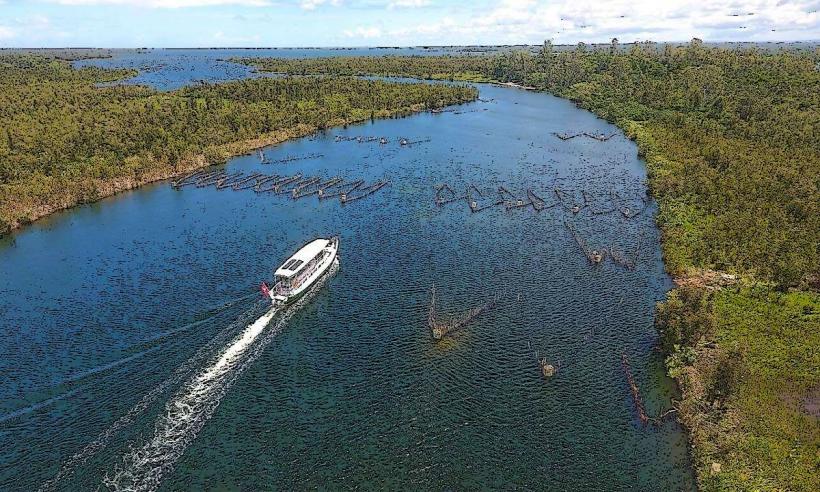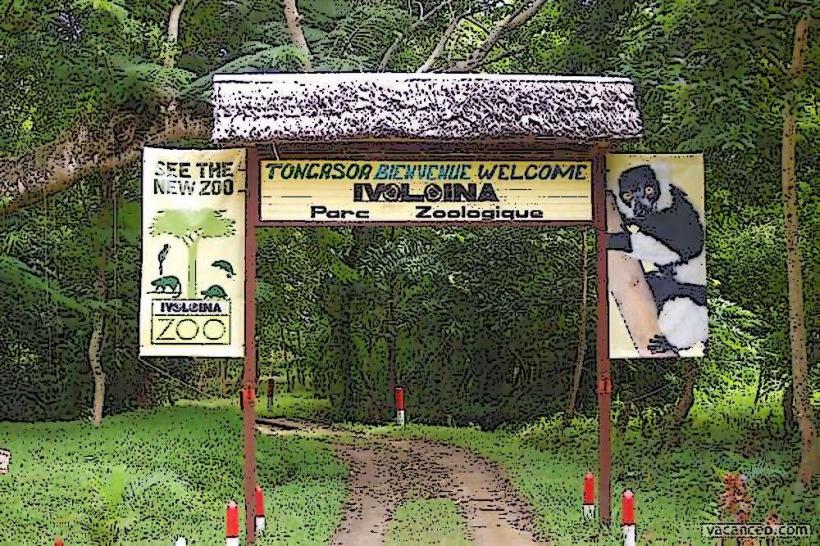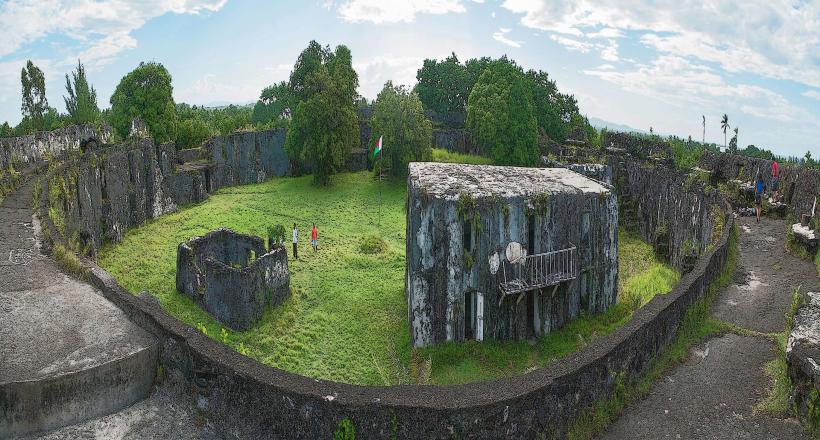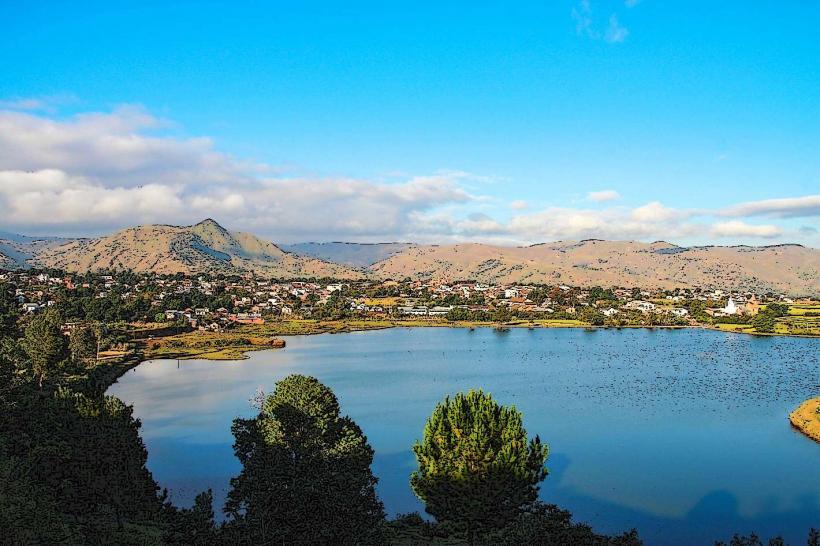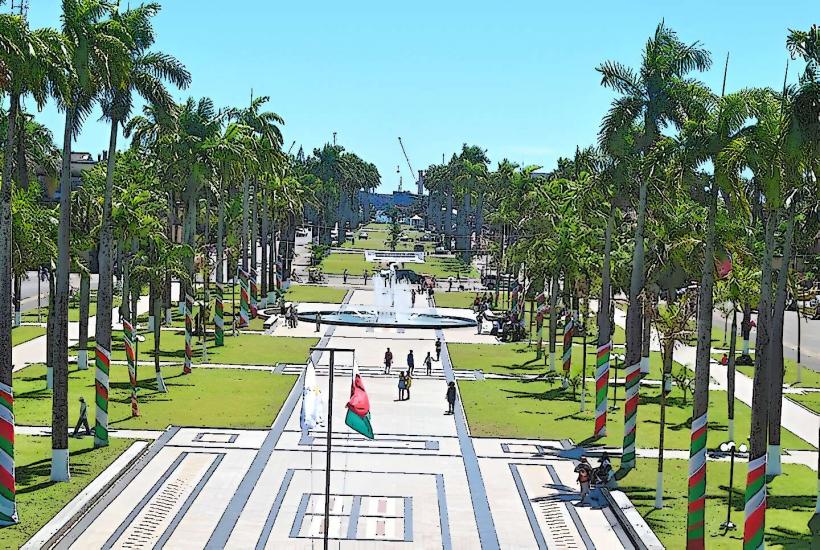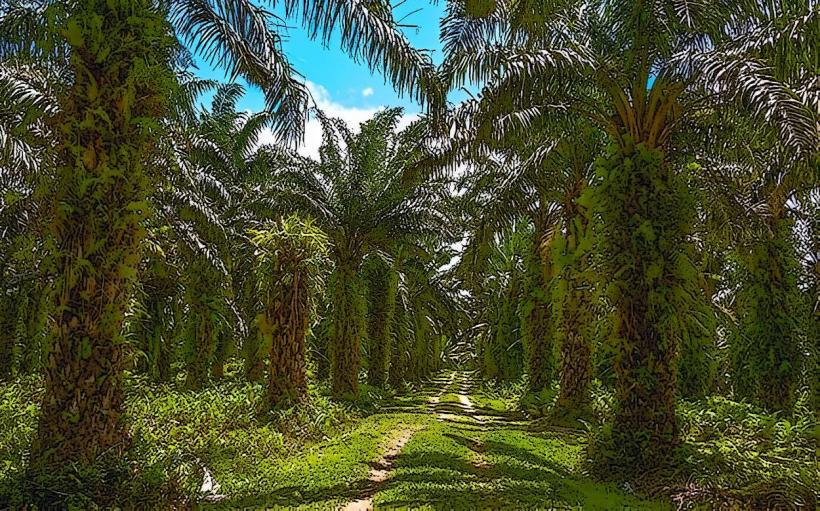Information
Landmark: Mahavavy RiverCity: Toamasina
Country: Madagascar
Continent: Africa
The Mahavavy River is one of Madagascar's notable rivers, playing a crucial role in the ecology, economy, and cultural life of the region it traverses. The river is particularly significant for its biodiversity, its use in irrigation, and its contribution to the livelihoods of the communities along its banks.
Geography and Location
Length and Source:
- The Mahavavy River is among the major rivers of northwestern Madagascar.
- It originates in the highlands of Madagascar, flowing northwest toward the Mozambique Channel.
Regions Covered:
- The river flows through diverse landscapes, including mountainous areas, fertile plains, and coastal regions.
- It primarily traverses the Boeny Region in northwestern Madagascar.
Mouth:
- The river empties into the Mozambique Channel, contributing to the estuarine and coastal ecosystems.
Ecological Significance
Biodiversity:
- The Mahavavy River supports a variety of flora and fauna, many of which are endemic to Madagascar.
- It is a habitat for fish, amphibians, and reptiles, some of which are essential for local fishing communities.
- The surrounding areas are home to wetland birds, such as herons, ibises, and flamingos.
Wetlands:
- The river is associated with expansive wetlands near its delta. These wetlands are important for water filtration, flood control, and biodiversity.
- Some parts of the Mahavavy wetlands are recognized under the Ramsar Convention as internationally significant wetland ecosystems.
Mangroves:
- Mangrove forests thrive along the river's estuary, providing critical habitats for marine and bird life while protecting the coastline from erosion.
Economic Importance
Agriculture and Irrigation:
- The river is essential for irrigating rice fields and other crops. The fertile plains around the Mahavavy are known for agricultural productivity.
- Local farmers depend on the river for water during dry seasons, making it a backbone of subsistence farming.
Fishing:
- Fishing is a significant economic activity along the river. Fish from the Mahavavy River provide protein for local communities and are sometimes sold in regional markets.
Hydropower Potential:
- The river has been identified as a potential source for hydropower projects, which could provide renewable energy to nearby areas.
Transport and Livelihoods:
- Boats and canoes are used on the river for transportation of goods and people, supporting commerce and connectivity between villages.
Cultural Significance
Local Traditions:
- The river is deeply embedded in the traditions and daily lives of the Malagasy people living nearby.
- Rivers in Madagascar are often considered sacred, with many communities practicing rituals or observing taboos related to the water body.
Folklore:
- Like other rivers in Madagascar, the Mahavavy likely features in local folklore and legends, symbolizing life and renewal.
Environmental Challenges
Deforestation:
- The river basin faces threats from deforestation due to agriculture, logging, and charcoal production. This impacts the river's flow and increases sedimentation.
Overfishing:
- Unsustainable fishing practices can threaten the river's biodiversity and the livelihoods of fishing communities.
Pollution:
- Agricultural runoff, including pesticides and fertilizers, poses a risk to the river's water quality and aquatic ecosystems.
Climate Change:
- Changes in rainfall patterns and rising temperatures affect the river’s flow and seasonal flooding, with potential impacts on agriculture and water availability.
Conservation Efforts
Wetland Protection:
- The wetlands near the Mahavavy River are protected under international frameworks like the Ramsar Convention to preserve their ecological importance.
Community Engagement:
- Conservation programs often involve local communities to ensure sustainable use of the river's resources while maintaining their livelihoods.
Reforestation:
- Reforestation projects in the river basin aim to restore degraded lands and improve water flow.
Tourism Potential
Ecotourism:
- The Mahavavy River and its surrounding landscapes offer opportunities for ecotourism, including birdwatching, boat tours, and exploring the unique flora and fauna.
- Tourists can visit nearby mangrove forests and wetlands to observe endemic and migratory species.
Cultural Tourism:
- Engaging with local communities along the river can provide insights into traditional Malagasy ways of life and their sustainable relationship with the river.
Conclusion
The Mahavavy River is a lifeline for the people and ecosystems of northwestern Madagascar. Its importance spans ecological, cultural, and economic dimensions, making it a vital natural resource. Sustainable management and conservation efforts are essential to ensure the river continues to thrive and support the communities and biodiversity that depend on it.


